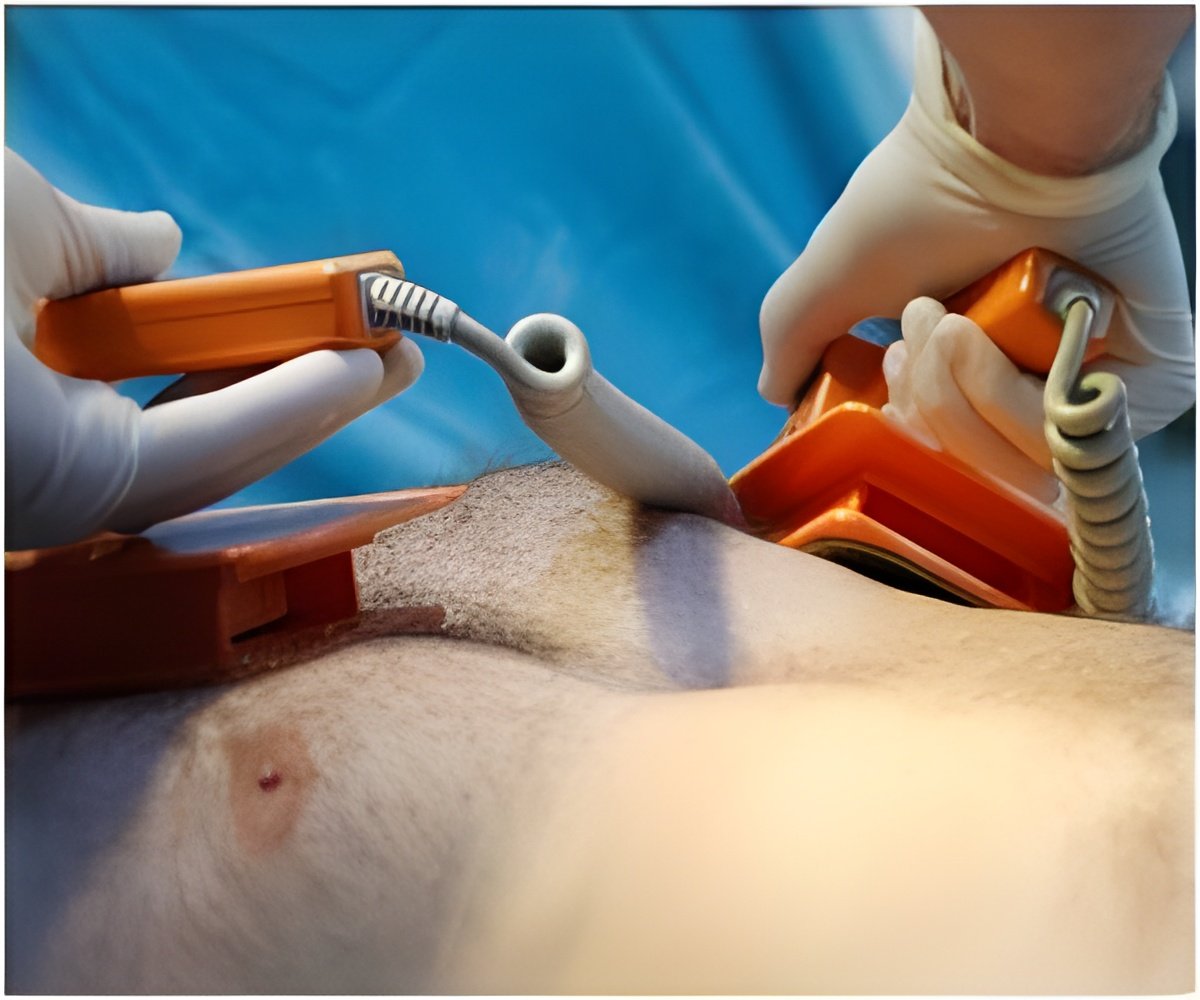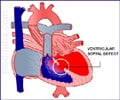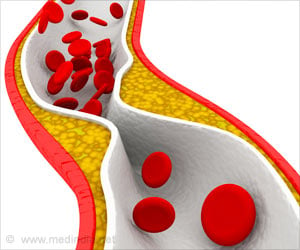A new method of cardiopulmonary resuscitation (CPR) that improves long-term survival rates with good brain function by 50 percent is the outcome of a five-year clinical trial.

CPR is an important rescue skill used to treat cardiac arrest, a condition characterized by sudden, abrupt loss of heart function.
CPR can stimulate a small amount of blood flow to the heart and brain to "buy time" until a normal heart beat is restored by defibrillation or with the aid of drugs.
Researchers found that the new device combination caused the heart and brain to receive nearly three times more blood flow during each compression-decompression cycle when compared to standard CPR.
The device combination method is also a prospective treatment for shock and head injury, as it augments blood flow to the brain and other tissues.
In the new method, one device (ResQPump) consists of a suction cup that attaches to the patient's chest. It includes a handle to manually lift the chest after each compression, stimulating blood flow.
Advertisement
"This dual device system can not only increase survival rates, but can improve brain function after cardiac arrest," said researcher Demetris Yannopoulos.
Advertisement









